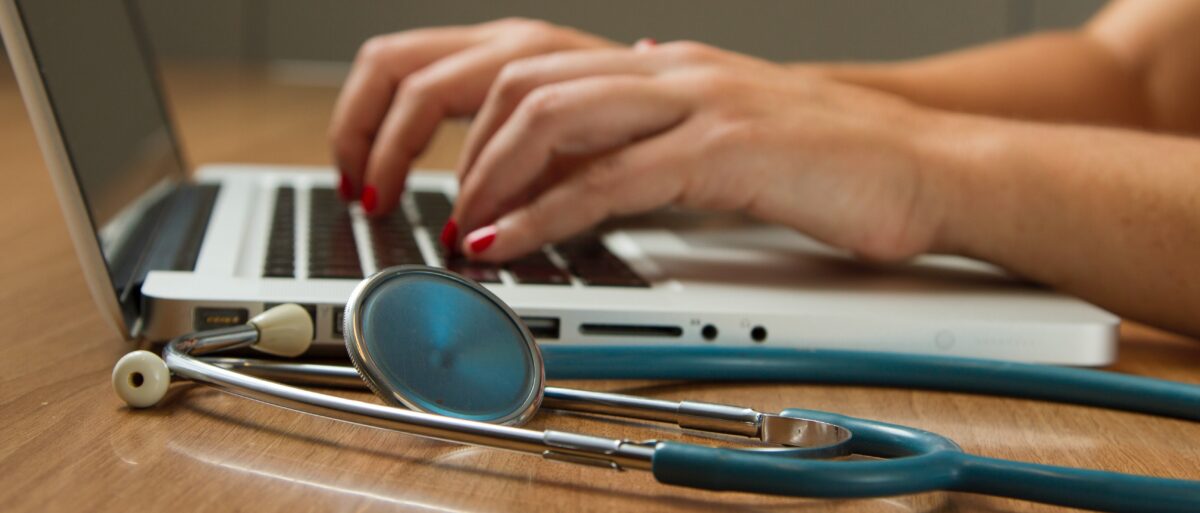The first signs of beer production go as far back as about 7,000 years ago in Mesopotamia, a place we now know as Iran. Since then, the art of making beer has not changed a lot. Of course, better tools, healthier and more hygienic processes are implemented and used, but the brewing industry remains a traditional one. Brewers are afraid to make changes in the way they brew, since it may harm the quality or the image of their beers and brand. That’s why new technological breakthroughs are not directly applied to the brewing process (Iserentant, 2003). With a demand of more than 1.8 billion hectoliters of beer globally (Global Beer Consumption by Country in 2018, 2019) and increasing competition, this starts to change. In this article, we explore some of the new technologies now used in the beer industry.
Artificial intelligence (AI) and the internet of things (IoT) is spreading through many industries, and now it also enters the beer industry. Sugar Creek Brewing is using these technologies to solve a problem they had with the packaging of their finished beers and to become more efficient. Spillage of beer throughout the manufacturing process resulted in losing $30,000 every month (Vogelbacher, 2019). By installing a camera in their bottle line, taking photos of every beer passing by, they gathered a tremendous amount of data. With the help of IBM and the algorithms of Watson, they were able to interpret this data and almost completely eliminated the problem (Bandoim, 2019). More sensors are installed and allow them to collect even more data, which can be accessed through the IBM Watson/Bosch interface 24/7 (Bandoim, 2019). The example of Creek Brewing is a good example of how AI and IoT can optimize the brewing process and the impact it can have on a company.
In the previously discussed example, AI is mainly used to optimize the production process. There are already breweries using AI to make beer. At IntelligentX they use data to improve their beer recipes. The idea is to use data smartly and more strategically. Data collected from customers, such as preferences, is a central focal point in the company (IntellligentX: AI Beer, n.d.). The data, being customer feedback, is collected through Facebook by answering several questions (Marr, 2019). This input then is analyzed with the help of AI and machine learning algorithms. Based on the results from this process, the brewer can decide to adust the taste of the beer or which type of beer to make next (Marr, 2019).
The last example I want to share is more related to marketing than to the production of the beer itself. Apps like Untappd allow beer connoisseurs to log the beers they are drinking. This results in data of who is drinking what type of beer at which location. Based on this information, breweries can gain valuable insights into how and where certain types of beers can best be advertised. Another new development is smart drafts or taps, as provided by Indian based startup TapIO. The tap looks just like a regular beer tap, but it’s full of technology. Customers are billed by the drop, which is registered on their personal smartcard. This data allows breweries to do personal recommendations based on user behavior. Another benefit of this system is that it reduces the wastage of beer since the pay by the drop idea stimulates people to pour a pint more carefully (TapIO – The Disruption The Beer Industry Needs, 2019). Apart from many more benefits for brewers, there are also benefits for customers. The most important one is that it helps them to get the order faster (TapIO – The Disruption The Beer Industry Needs, 2019. Untappd and TapIO are two great examples of how new systems and technologies can help collect data valuable for breweries.
Throughout this article, we explored a few developments in the beer industry of which I expect we will hear more. Personally, I’m very eager to see how the production of beer based on AI will develop. There are technologies where you can create your own beer recipe and start brewing with the help of an app (Minibrew), but I find it much more interesting to see how breweries are adjusting beers according to my personal taste. Overall I hope, technology will increase the variety of beers and improve the quality of it. A good thing about all those developments is that in the end, you still need people to enjoy beer!
References
Bandoim, L. (2019, July 24). Brewery Uses AI And IoT Technology To Improve The Quality Of Beer. Retrieved from Forbes: https://www.forbes.com/sites/lanabandoim/2019/07/24/brewery-uses-ai-and-iot-technology-to-improve-the-quality-of-beer/
Global Beer Consumption by Country in 2018. (2019, December 24). Retrieved from KIRN: https://www.kirinholdings.co.jp/english/news/2019/1224_01.html
IntellligentX: AI Beer. (n.d.). Retrieved from weare10x: http://www.weare10x.com/portfolio_page/intelligentx/
Iserentant, D. (2003). Beers: recent technological innovations in brewing. In: Lea A.G.H., Piggott J.R. (eds) Fermented Beverage Production, 41-58.
Marr, B. (2019, February 1). How Artificial Intelligence Is Used To Make Beer. Retrieved from Forbes: https://www.forbes.com/sites/bernardmarr/2019/02/01/how-artificial-intelligence-is-used-to-make-beer/
TapIO – The Disruption The Beer Industry Needs. (2019, November 11). Retrieved from Brewer World: https://www.brewer-world.com/tapio-the-disruption-the-beer-industry/
Vogelbacher, J. (2019, April 23). AI and IoT Help Perfect the Brew at Sugar Creek Brewing Company. Retrieved from IBM: https://www.ibm.com/blogs/think/2019/04/ai-and-iot-help-perfect-the-brew-at-sugar-creek-brewing-company/


